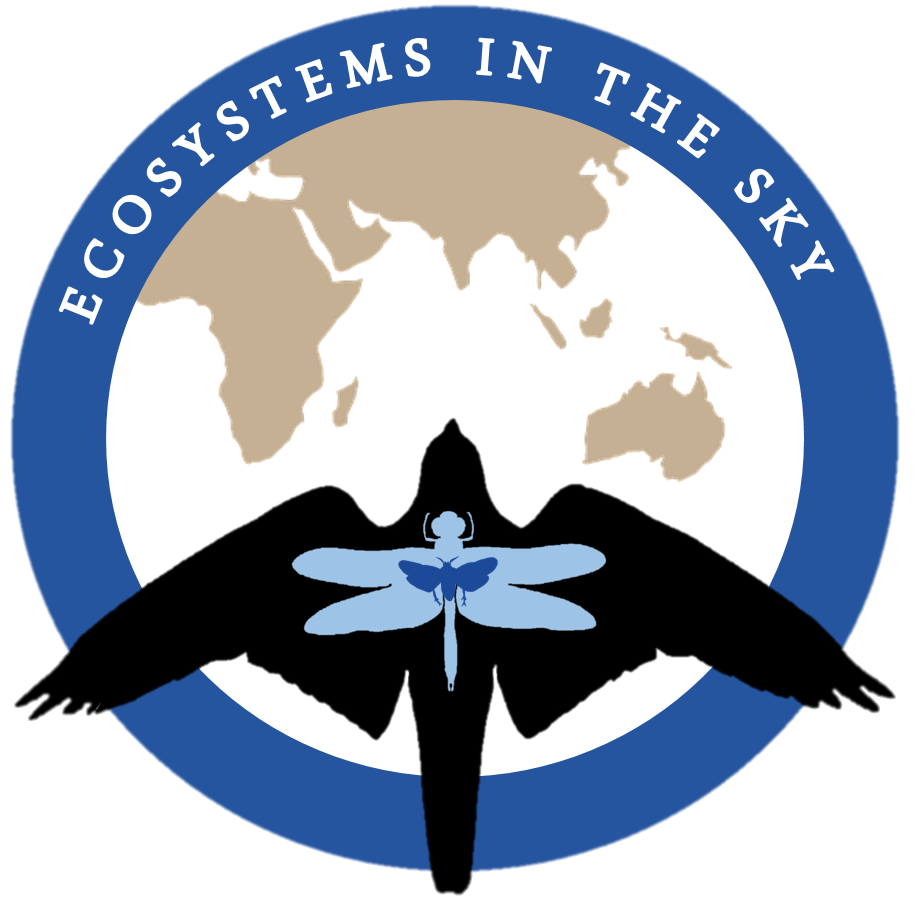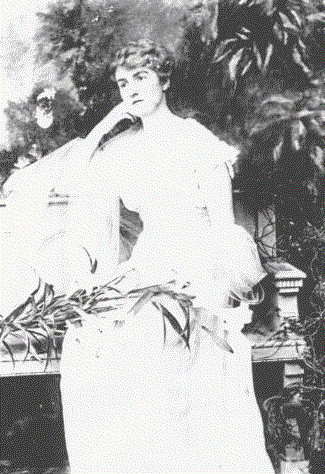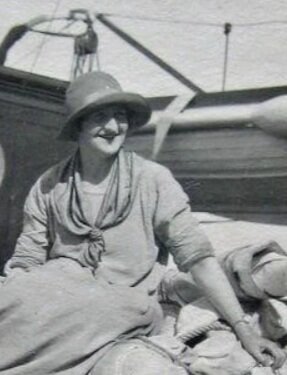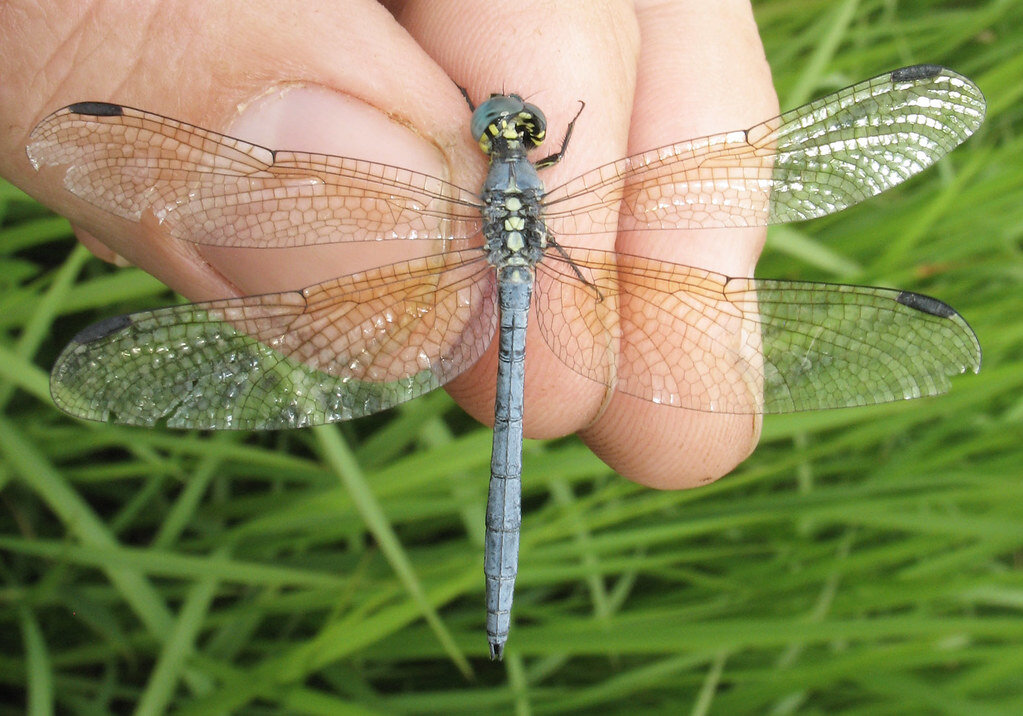Madame Dragonfly / Cynthia Longfield
I first heard of Cynthia Longfield as I was looking up a reference. I had found the reference while reading about migratory dragonfly swarms reported on the British Isles, and there are not that many of them, so when I saw the reference “Longfield 1948” referring to a swarm of Sympetrum spp reaching Ireland, I tried to track it down. And when I found it and my eyes casually skimmed across the title and authorship I paused. Longfield was a woman, a Cynthia. Automatically, my brain had envisioned an old man in a Fedora hat behind the Longfield name - because people were always old in the past and people who published papers were always men in the past.
Cynthia Longfield.
That is unusual I thought, that Longfield is a woman, and I googled the name, thinking that maybe maybe, there will be some little snippet of information about this woman writing papers on dragonflies in the 1940s...
And Cynthia Longfield was not a small bleep in history, there was not just a little snippet of info on her. She was Madame Dragonfly, odonatologist extraordinaire! She described new dragonfly species, she wrote a guide to dragonflies of the British Isles that became so popular it sold out, she went to Africa and Brazil and she sailed The South Pacific Ocean.
Yet, I had never heard of her. And probably, neither have you.
Cynthia Longfield was born in London in 1896, but spent a lot of time in Cloyne in the countryside east of Cork, Ireland, where her family had an estate. As a girl, she was fascinated with wildlife and nature, and being born into the privileged class, her family had time and money to indulge her interest in science. The family home in Cloyne, Castle Mary, was burned down by Irish rebels the 19th of September 1920, a sad end to a castle dating back beyond the 1600s. But the 1920s was also a year of new beginnings for Cynthia Longfield. In 1924 she embarked on her first scientific exploration to the Pacific islands.
The St George was a research vessel setting course for the Pacific Ocean. The exploration was partially finance by the tourists that was joining the adventure, but the aim of the journey was to research South Pacific wildlife. Finally, Longfield was to embark in the footstep of her hero, Charles Darwin.
It took St George and its crew of 58 three weeks to cross the Atlantic and reach Trinidad in Central America. From there they entered the Panama Canal, and headed out in the Pacific Ocean, to visit Galapagos, Easter Island and Tahiti
Caslte Mary, Cloyne, after the fire in 1920
Cynthia Longfield was by this time an aspiring entomologist, and she had brought notebooks and vials, traps and nets with her, the aim being to contribute to the collections of the Natural History Museum. She also had her mentor with her, Cyril Collenette. Interestingly enough, another influential female entomologist and traveller, Evelyn Cheesman, was also onboard, and had encourage Longfield to come.
Longfield’s childhood adventures and studies into British wildlife had made her fearless in the field and she was of a resilient generation. Cynthia’s grand-niece Jane Hayter-Hames, who wrote Longfield's biography, Madam Dragonfly writes "Her medicine chest contained quinine in case she got malaria and Epsom salts to act as a purge in case she got a digestive infection, and that was it"
Cyril and Cynthia on St George
By 1925, Longfield was back in London and at the Natural History Museum, then known as the British Musuem. She had a rich collection and catalogue of specimen to sort and identify. The St George expedition had essentially made her career, she had left as an amateur, but returned as a fully trained entomologist. She joined both the Entomological Society of London, becoming the first woman to do so, and later the London Natural History Society.
The St George expedition was only the first of Longfield excursions, she also set sail to Mato Grosso Brazil in 1927, to south-east Asia in 1929 and ventured alone through Kenya, Uganda, Zimbabwe (then Rhodesia) and South Africa in 1934, where she identified six new species of butterfly and dragonfly, and travelled to Cape Town and Zimbabwe in 1937.
Longfield stayed at the Natural History Museum her entire working life. In the beginning, she worked without pay, again relying on her privileged background. She had never had a formal university education, yet, with her talent for entomology, intelligence and professionalism, she became a self-taught, leading expert on dragonflies.
In 1957, at 61 years old, Longfield retired back to Irish Cloyne. From there, she continued writing and travelling, going to Malta, Russia and Australia, but also she had a rich social life. "She was very charming and she loved parties, she would be the last person to leave," her grand-niece Hayer-Hames recalls. "She would have a crowd around her and she would tell them stories about when she was in Africa. There would be young men there listening with their mouths open."
When Cynthia Longfield passed away at 94 years of age, 1991, she had authored 9 books, written 32 scientific papers, described several new insects species and had a library containing more than 500 natural history books (donated to the Royal Irish Academy).
Atoconeura kenya by Viola Clausnitzer
Urothemis thomasi by Huw Roberts
Micromacromia flava by KD Dijkstra
The following new dragonfly species have been described and identified by Cynthia Longfield:
Atoconeura pseudeudoxia (Longfield, 1953), Hairy-legged Highlander
Atoconeura kenya (Longfield, 1953), Kenyan Highlander
Micromacromia flava (Longfield, 1947), Angola Micmac
Nesciothemis, (Longfield, 1955), a genus of dragonflies
Tetrathemis corduliformis (Longfield, 1936), Club-tailed Elf
Urothemis thomasi (Longfield, 1932) Desert Basker
The following species have been named in honor after Cynthia Longfield
Castoraeschna longfieldae
Coryphaeschna longfieldae
Agrionoptera cynthiae
When I visited the entomology collections at the Natural History Museum, I stumbled upon specimens collected by Cynthia Longfield. As I had heard of her by then, it was really thrilling to all of a sudden sit in front of a dragonfly that this world explorer and extraordinary person had caught and touched!
Four-spotted chaser collected by Longfield
Vagrant emperor collected by Longfield
Vagrant emperor collected by Longfield
















